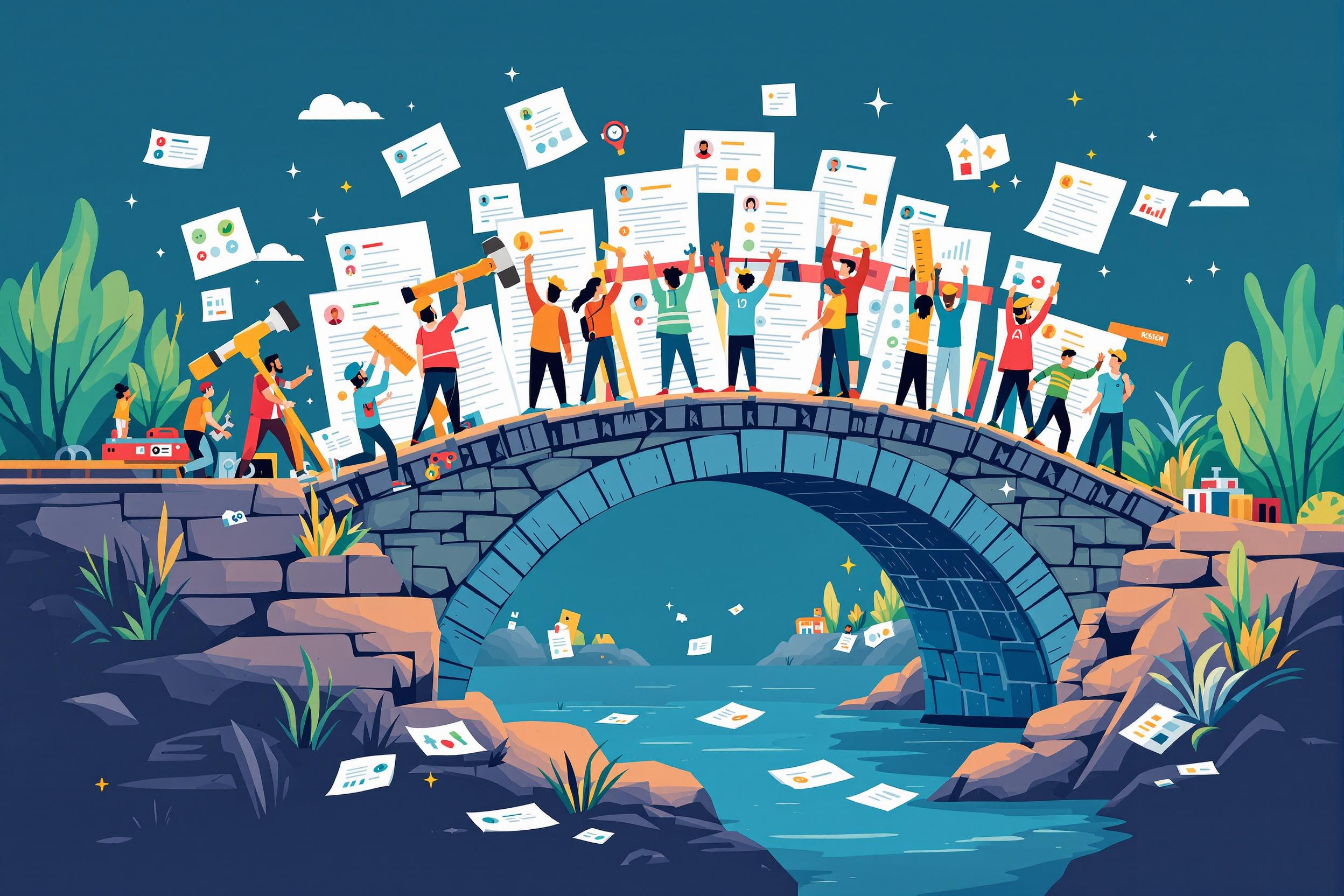
Competency-Based Education
Competency-Based Education (CBE) is a teaching and learning approach that focuses on measuring students' actual skills and knowledge rather than just time spent in class. Instead of traditional credit hours, students progress by showing they've mastered specific skills or "competencies." It's like a checklist of abilities that students must prove they have before moving forward. This approach is becoming popular in colleges and universities because it helps ensure graduates have practical, job-ready skills. Some schools call this "mastery-based learning" or "outcome-based education." It's particularly common in online and adult education programs, where students might already have work experience and want to move at their own pace.
Examples in Resumes
Designed and implemented Competency-Based Education curriculum for adult learners
Led transition from traditional to Competency-Based learning model
Created assessment tools for CBE program measuring student outcomes
Developed faculty training programs for Competency-Based Learning implementation
Typical job title: "Competency-Based Education Specialists"
Also try searching for:
Where to Find Competency-Based Education Specialists
Professional Organizations
Job Boards
Professional Networks
Example Interview Questions
Senior Level Questions
Q: How would you design a CBE program from scratch?
Expected Answer: Should discuss needs assessment, stakeholder engagement, identifying key competencies, assessment design, faculty training, and technology requirements. Should emphasize practical implementation steps and change management.
Q: How do you measure the success of a CBE program?
Expected Answer: Should mention student completion rates, job placement success, employer feedback, assessment validity, student satisfaction, and accreditation requirements. Should emphasize data-driven decision making.
Mid Level Questions
Q: What's the difference between traditional education and CBE?
Expected Answer: Should explain how CBE focuses on demonstrating skills rather than time in class, allows flexible pacing, and emphasizes real-world applications. Should provide concrete examples.
Q: How do you create effective assessments for CBE programs?
Expected Answer: Should discuss authentic assessment methods, rubric development, alignment with competencies, and industry standards. Should mention both theoretical and practical assessment approaches.
Junior Level Questions
Q: What are competencies and how are they different from learning objectives?
Expected Answer: Should explain that competencies are measurable skills that students can demonstrate, while learning objectives are broader educational goals. Should provide simple examples.
Q: How do you track student progress in a CBE program?
Expected Answer: Should discuss basic assessment tools, learning management systems, progress tracking methods, and student feedback processes.
Experience Level Indicators
Junior (0-2 years)
- Basic understanding of CBE principles
- Familiarity with learning management systems
- Basic assessment creation
- Student progress tracking
Mid (2-5 years)
- Curriculum development
- Assessment design
- Faculty training
- Program implementation
Senior (5+ years)
- Program design and oversight
- Strategic planning
- Accreditation management
- Educational technology integration
Red Flags to Watch For
- No understanding of assessment methods
- Lack of experience with learning management systems
- Unable to explain difference between traditional and competency-based education
- No experience with curriculum development
- Poor understanding of adult learning principles
Related Terms
Need more hiring wisdom? Check these out...

Beyond Resumes: How Competency-Based Hiring Transforms Talent Acquisition

Micro-Internships: The Game-Changer in Project-Based Learning

Skill-Based Hiring: The Surprising Future of Talent Acquisition

